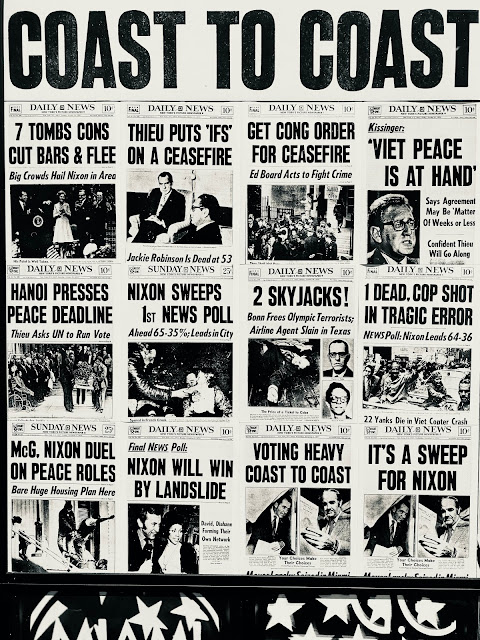Awesome activities for EFL teachers who want to teach the Past Continuous Tense

Here's a list of ten awesome activities for EFL teachers to teach the Past Continuous Tense: 1. Story Completion: Provide students with a short story where the past continuous tense is used. Stop the story at a certain point and have students work in pairs or small groups to continue the story, using the past continuous tense to describe ongoing actions. 2. Picture Description: Give students a set of pictures depicting various scenes or activities. They describe the pictures to their partners or the class, using the past continuous tense to explain what was happening at the time the picture was taken. 3. Guess the Action: Prepare cards with different past continuous action verbs written on them. Students pick a card and mime the action while their classmates guess what they were doing. Encourage students to form past continuous sentences to describe the action. 4. Song Analysis: Choose a song that contains examples of the past continuous tense in its lyrics. Have students listen to...






